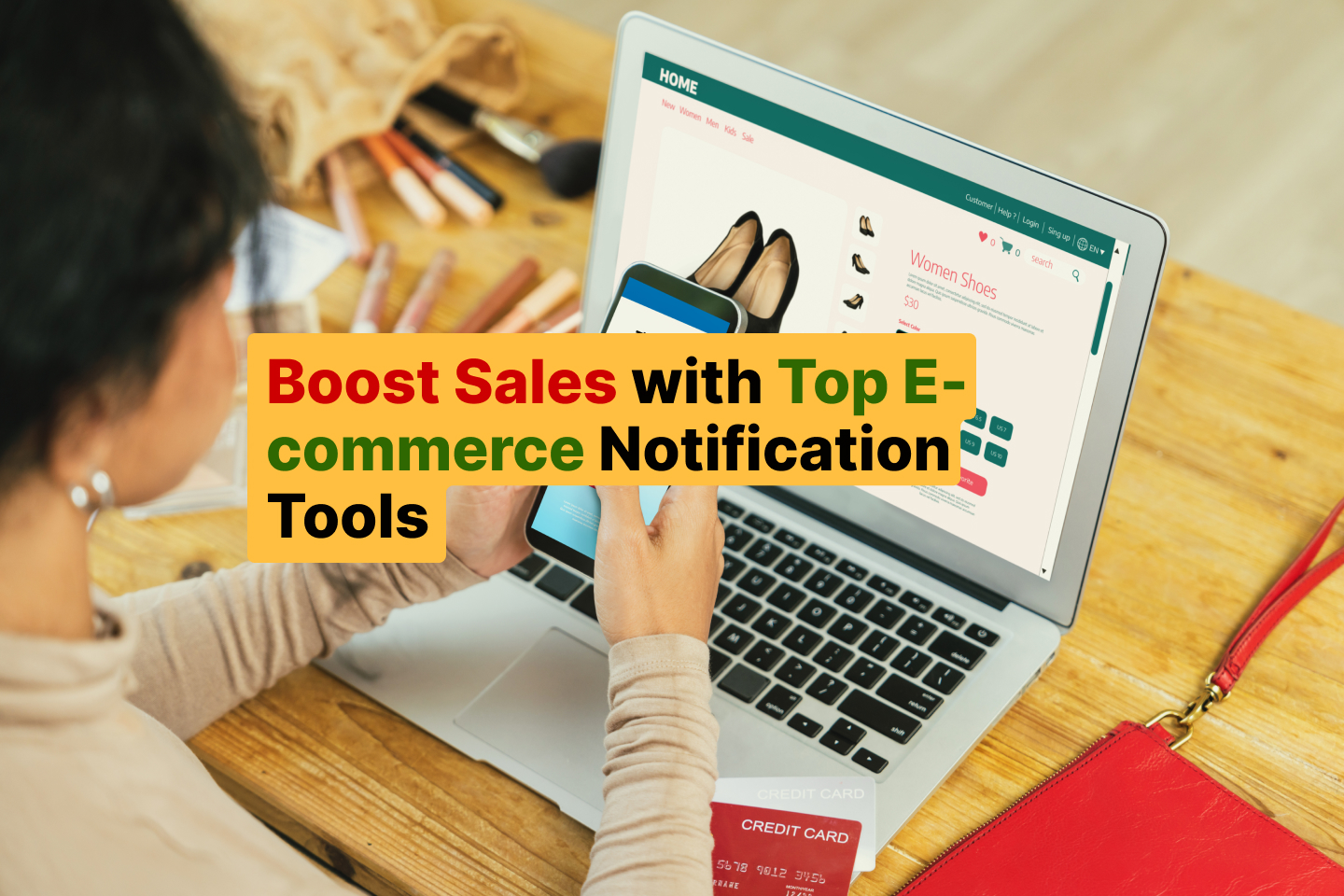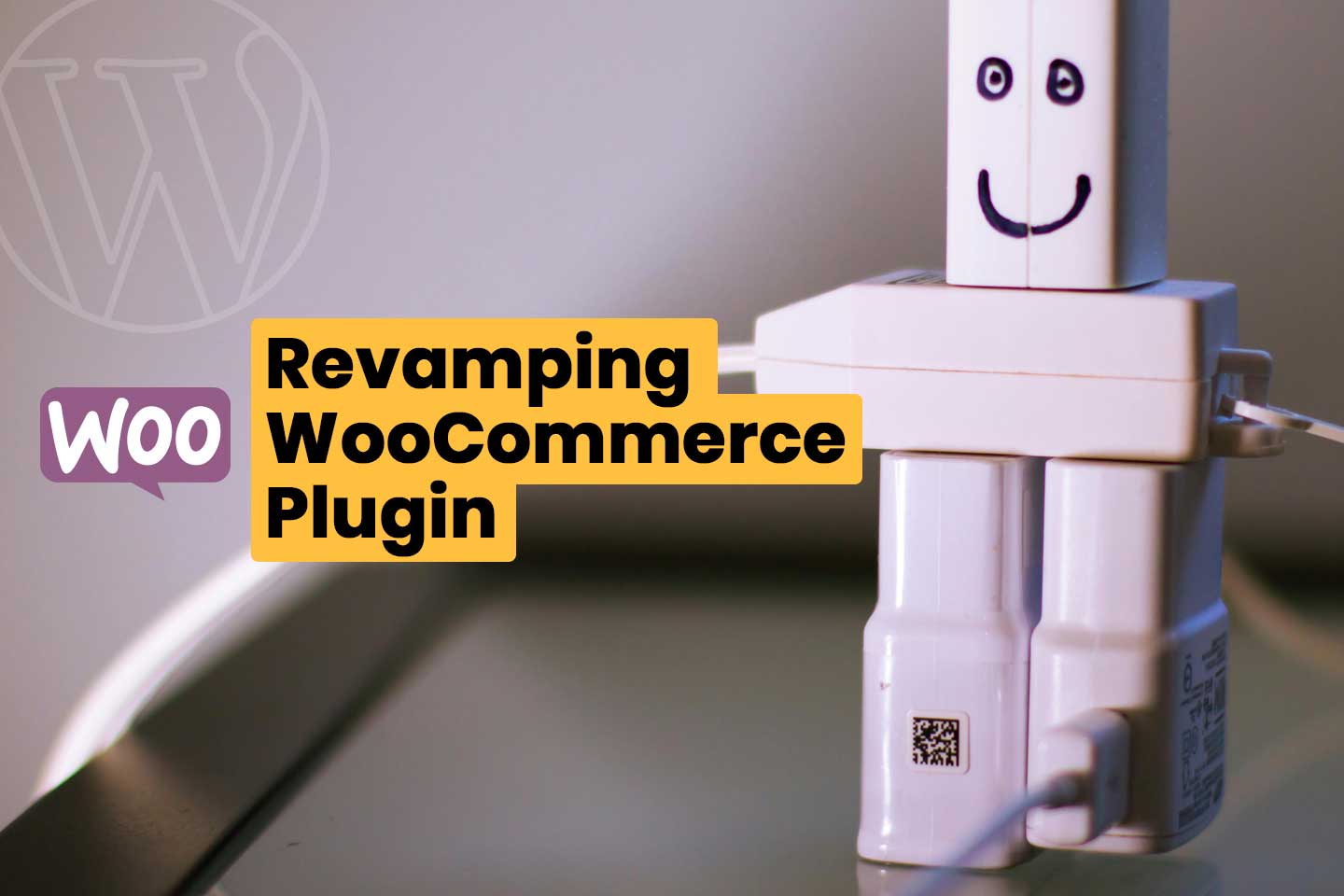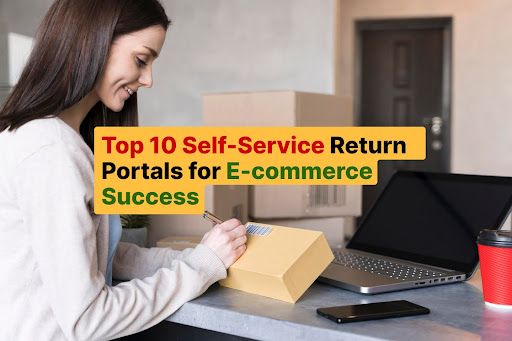In today’s competitive e-commerce landscape, maintaining effective customer communication has become a cornerstone of business success. Automated notification tools represent a strategic investment that transforms how businesses interact with their customers throughout the entire purchasing journey. These sophisticated systems eliminate the guesswork from customer communication by providing timely, relevant updates that keep buyers informed and engaged. The implementation of such tools has proven to be a game-changer for businesses seeking to enhance customer satisfaction while simultaneously reducing operational overhead.
In today’s competitive e-commerce landscape, maintaining effective customer communication has become a cornerstone of business success. Automated notification tools represent a strategic investment that transforms how businesses interact with their customers throughout the entire purchasing journey. These sophisticated systems eliminate the guesswork from customer communication by providing timely, relevant updates that keep buyers informed and engaged. The implementation of such tools has proven to be a game-changer for businesses seeking to enhance customer satisfaction while simultaneously reducing operational overhead.
The Communication Revolution
Reach customers before they reach out to you with timely updates and information
Maintain professional communication standards across every customer touchpoint
Streamline workflows while enhancing the overall customer experience
Key Benefits of Automated Notification Tools
- Improved customer satisfaction
- Reduced support costs
- Increased repeat business
- Enhanced customer engagement
- Reduced customer service workload
Why Automated Notifications Matter in E-commerce
The modern e-commerce customer journey extends far beyond the initial purchase transaction, encompassing a complex series of touchpoints that determine overall satisfaction levels. Automated notifications serve as the digital bridge that connects businesses with their customers during these crucial moments of uncertainty and anticipation. These systems work tirelessly behind the scenes to provide reassurance, build trust, and maintain engagement throughout the post-purchase experience. Research consistently demonstrates that customers who receive regular, informative updates are significantly more likely to complete future purchases and recommend the business to others.
- Improved customer satisfaction: Providing timely information makes customers feel valued and reduces anxiety about their purchases.
- Reduced customer service inquiries: Proactive communication minimizes questions and frees up support teams for complex issues.
- Increased customer engagement: Regular updates keep your brand top-of-mind and create multiple touchpoints for interaction.
- Enhanced brand loyalty: Consistent, reliable communication builds positive relationships and emotional connections.
- Operational efficiency: Automation reduces manual work, eliminates human errors, and scales effortlessly with business growth.
The strategic implementation of automated notifications creates a competitive advantage that extends beyond mere customer service improvements. These tools enable businesses to collect valuable data about customer preferences, delivery patterns, and engagement behaviors that can inform future marketing strategies. Furthermore, the consistency and reliability of automated systems help establish trust and credibility with customers who have come to expect seamless digital experiences. When properly configured, notification systems become a powerful retention tool that transforms one-time buyers into loyal brand advocates through superior communication experiences.
Customer Communication Journey
WISMOlabs: A Comprehensive Notification Solution
WISMOlabs stands out as a leading provider of comprehensive automated notification solutions specifically designed for the unique challenges of e-commerce businesses. Their platform represents years of development focused on understanding the intricate needs of online retailers and their customers’ expectations for seamless communication. The system seamlessly integrates with popular e-commerce platforms, creating a unified ecosystem that enhances the post-purchase experience without requiring extensive technical implementation. WISMOlabs has built its reputation on delivering reliable, scalable solutions that grow alongside businesses while maintaining consistent performance standards.
- Automated Shipment Notifications: Keep customers informed about their order status with real-time updates and personalized messaging.
- Real-Time Shipment Tracking: Provide up-to-date information on package locations with interactive tracking interfaces.
- Branded Tracking Pages: Create a consistent brand experience after purchase with customizable tracking portals.
- Returns Management Solution: Make returns easier for customers with automated workflows and clear communication.
- Multi-channel Communication: Reach customers through email, SMS, and push notifications based on their preferences.
The comprehensive nature of WISMOlabs’ solution extends beyond basic notification functionality to encompass advanced analytics, customer behavior insights, and performance optimization tools. Their platform provides detailed reporting capabilities that help businesses understand communication effectiveness, identify areas for improvement, and make data-driven decisions about customer engagement strategies. WISMOlabs’ shipment tracking solution helps businesses keep customers informed during delivery while reducing customer service inquiries and improving overall satisfaction scores. The system’s flexibility allows for extensive customization to match brand guidelines and customer preferences, ensuring a cohesive experience across all touchpoints.
🚀 Advanced Automation
Intelligent triggers and workflows that respond to real-time events and customer behaviors automatically.
📊 Comprehensive Analytics
Detailed insights into notification performance, customer engagement, and operational efficiency metrics.
🎨 Brand Customization
Complete control over messaging design, tone, and visual elements to maintain brand consistency.
🔗 Seamless Integration
Easy connectivity with major e-commerce platforms, shipping carriers, and existing business systems.
Key Features of Effective E-commerce Notification Tools
Selecting the right notification tool for your e-commerce business requires careful consideration of features that directly impact customer experience and operational efficiency. Modern notification systems must offer flexibility, reliability, and scalability to meet the diverse needs of growing businesses and evolving customer expectations. The most effective tools combine multiple communication channels with intelligent automation capabilities that adapt to individual customer preferences and behaviors. Understanding these key features enables businesses to make informed decisions that align with their strategic objectives and customer service goals.
- Multi-channel communication (email, SMS, push notifications) for comprehensive customer reach
- Customizable branding options to maintain consistent brand identity across all touchpoints
- Real-time tracking updates that provide accurate, up-to-the-minute information
- Integration with multiple carriers for comprehensive shipping coverage and flexibility
- Analytics and reporting capabilities for performance monitoring and optimization
- Personalization options that tailor messages to individual customer preferences
- Automated workflow triggers that respond to specific events and conditions
- A/B testing functionality for continuous improvement of communication strategies
The evaluation process should also consider the tool’s ability to handle peak traffic periods, integrate with existing business systems, and provide adequate customer support during implementation and ongoing operations. Advanced features such as predictive analytics, machine learning capabilities, and international shipping support can provide additional value for businesses with complex requirements or global operations. The best notification tools evolve with your business, offering scalable solutions that maintain performance quality regardless of order volume or customer base size. Modern platforms also prioritize user-friendly interfaces that enable non-technical team members to create and manage sophisticated communication workflows without requiring specialized training.
Essential Notification Tool Features
Implementing Automated Notifications: Best Practices

Successful implementation of automated notification systems requires a strategic approach that balances customer needs with business objectives while maintaining operational efficiency. Best practices for notification implementation have evolved through extensive research and real-world application across thousands of e-commerce businesses. These proven strategies help ensure that notification systems enhance rather than overwhelm the customer experience while providing measurable business benefits. The key lies in understanding your specific customer base, their communication preferences, and the optimal frequency and timing for different types of messages.
- Personalize messages based on customer preferences, purchase history, and behavioral patterns
- Optimize notification timing and frequency to maximize engagement without causing fatigue
- Integrate seamlessly with existing e-commerce platforms and business management systems
- Regularly analyze and refine notification strategies based on performance data and customer feedback
- Ensure compliance with data protection regulations and privacy requirements
- Use clear and concise language that provides value and actionable information
- Provide value in every message beyond basic transactional information
- Enable customer preferences for communication channels and frequency settings
The implementation journey should include comprehensive testing phases, gradual rollout strategies, and continuous monitoring to identify areas for improvement and optimization. Optimizing delivery alerts is crucial for customer satisfaction and requires ongoing attention to message content, timing, and delivery methods. Successful businesses treat notification implementation as an iterative process that evolves based on customer feedback, performance metrics, and changing market conditions. Regular review and refinement ensure that notification systems continue to deliver value as business needs and customer expectations evolve over time.
Implementation Timeline
Other Notable Automated Notification Tools
The e-commerce notification tools landscape features several competitive solutions, each offering unique strengths and specialized capabilities that cater to different business needs and budgets. Diversity in the marketplace ensures that businesses of all sizes can find solutions that align with their specific requirements, technical capabilities, and growth trajectories. Understanding the competitive landscape helps businesses make informed decisions by comparing features, pricing models, and integration capabilities across different platforms. Each tool brings distinctive advantages that may be particularly valuable depending on your business model, customer base, and operational priorities.
- ShipStation: Comprehensive shipping and fulfillment features with robust notification capabilities for streamlined operations.
- AfterShip: Extensive carrier network coverage with advanced tracking across multiple shipping providers worldwide.
- Narvar: Specialized focus on post-purchase customer experience optimization and long-term engagement strategies.
- ParcelPerform: Advanced analytics and performance insights for shipping and delivery optimization with global reach.
- Klaviyo: Powerful email marketing platform with sophisticated order notification capabilities and customer segmentation.
- Omnisend: Integrated approach combining email marketing with SMS and push notification features for multi-channel campaigns.
When evaluating alternative solutions, consider factors such as ease of integration, scalability potential, customer support quality, and total cost of ownership beyond initial setup fees. Some platforms excel in specific areas such as international shipping support, advanced analytics capabilities, or integration with particular e-commerce platforms. The most effective approach involves creating a detailed comparison matrix that weighs each tool’s strengths against your specific business requirements, ensuring that your final selection provides optimal value and functionality for your unique situation. Additionally, consider the learning curve for your team, available training resources, and the vendor’s track record for reliability and innovation in the rapidly evolving e-commerce technology landscape.
🚢 ShipStation
Comprehensive shipping management with integrated notification features for streamlined operations and workflow automation.
📦 AfterShip
Global carrier coverage with sophisticated tracking capabilities and customer communication tools for international businesses.
🎯 Narvar
Post-purchase experience optimization with advanced customer engagement and retention features for long-term loyalty building.
📈 ParcelPerform
Data-driven insights and analytics for shipping performance optimization and customer satisfaction enhancement across global markets.
The Future of E-commerce Notifications
The evolution of e-commerce notification technology continues to accelerate, driven by advances in artificial intelligence, machine learning, and customer experience research. Emerging technologies promise to transform how businesses communicate with customers, offering unprecedented levels of personalization, predictive capabilities, and interactive experiences. These innovations will enable more sophisticated customer engagement strategies while reducing the complexity of managing communication workflows. Forward-thinking businesses are already beginning to explore these advanced capabilities to gain competitive advantages and exceed evolving customer expectations.
- AI-powered predictive notifications that anticipate customer needs and concerns before they arise
- Enhanced personalization through machine learning algorithms that adapt to individual preferences and behaviors
- Voice assistant integration and smart home device connectivity for hands-free updates and interactions
- Augmented reality features for virtual product try-ons and interactive delivery tracking experiences
- Blockchain integration for improved transparency and security in supply chain communications
- Real-time language translation for global customer base support and enhanced accessibility
- Interactive notifications that allow customers to take immediate actions directly from messages
- Sentiment analysis capabilities that adjust communication tone based on customer emotional state and preferences
The convergence of these technologies will create opportunities for businesses to build deeper, more meaningful relationships with customers through increasingly sophisticated and relevant communication experiences. Preparation for these developments involves staying informed about emerging trends, investing in flexible platforms that can accommodate new features, and maintaining a customer-centric approach to communication strategy. Businesses that embrace these technological advances while maintaining focus on fundamental customer service principles will be best positioned to thrive in the evolving e-commerce landscape. The future promises notification systems that not only inform but also anticipate, engage, and delight customers throughout their entire journey with your brand.
Future Trends in E-commerce Notifications
Frequently Asked Questions
1. How do automated notification tools improve customer satisfaction?
Automated notification tools significantly enhance customer satisfaction by providing consistent, timely communication throughout the purchase journey. These systems eliminate uncertainty by keeping customers informed about order status, shipping progress, and delivery expectations, which reduces anxiety and builds trust. The proactive nature of automated notifications means customers receive information before they need to ask for it, creating a seamless experience that demonstrates the business values their time and peace of mind. Additionally, regular updates help customers feel more connected to their purchase and the brand, leading to increased confidence in future transactions.
2. Are automated notifications only beneficial for large e-commerce businesses?
Automated notifications provide substantial benefits for e-commerce businesses of all sizes, from small startups to large enterprises. Small businesses particularly benefit from these tools because they enable professional-grade customer communication without requiring dedicated staff resources. Many notification platforms offer scalable pricing models and feature sets that grow with the business, making them accessible to companies with limited budgets. For smaller operations, automated notifications can be especially valuable as they help create the impression of a larger, more sophisticated operation while reducing the manual workload on limited staff.
3. How can I measure the effectiveness of my automated notifications?
Measuring notification effectiveness requires tracking multiple metrics that reflect both customer engagement and business impact. Key performance indicators include email open rates, click-through rates, SMS response rates, and customer satisfaction scores collected through post-purchase surveys. Businesses should also monitor reductions in customer service inquiries related to order status, as this indicates that notifications are successfully providing the information customers need. Long-term metrics such as repeat purchase rates, customer lifetime value, and overall retention rates help demonstrate the broader business impact of effective notification strategies.
4. What are the most common mistakes businesses make with automated notifications?
Common mistakes include sending too many notifications without considering customer preferences, using generic messaging that lacks personalization, and failing to optimize timing for different customer segments. Many businesses also neglect to regularly update their notification content, leading to stale or irrelevant messaging that may annoy customers rather than provide value. Poor integration with existing systems can result in inconsistent or inaccurate information being communicated, which damages trust and credibility. Another frequent error is not providing customers with easy options to modify their communication preferences, leading to unsubscribes and lost engagement opportunities.
5. How do I choose the right notification tool for my business?
Selecting the optimal notification tool requires careful evaluation of your specific business needs, technical requirements, and growth plans. Start by assessing your current e-commerce platform and identifying integration requirements, then evaluate tools based on their compatibility and ease of implementation. Consider your customer communication preferences, such as preferred channels and messaging frequency expectations. Budget considerations should include not only initial costs but also scaling costs as your business grows, ongoing maintenance requirements, and potential additional feature costs.
6. What should I consider when implementing automated notifications?
Implementation success depends on careful planning, proper integration testing, and gradual rollout strategies. Start with a clear understanding of your customer journey and identify key touchpoints where notifications would add value. Ensure your chosen platform integrates smoothly with existing systems and provides adequate customization options to match your brand identity. Consider customer preferences for communication timing and frequency, and always provide easy opt-out options to maintain trust and compliance with regulations.
7. How can automated notifications help reduce customer service costs?
Automated notifications proactively address the most common customer inquiries by providing timely updates about order status, shipping progress, and delivery information. When customers receive regular updates automatically, they’re less likely to contact customer service for routine questions about their orders. This reduction in inquiry volume allows support teams to focus on more complex issues that require human intervention. Additionally, well-designed notifications can include links to self-service resources, further reducing the need for direct customer service contact while improving overall customer satisfaction.
8. What role do automated notifications play in building customer loyalty?
Automated notifications contribute significantly to customer loyalty by creating positive experiences throughout the post-purchase journey. Consistent, reliable communication builds trust and demonstrates that the business cares about customer satisfaction beyond the initial sale. Personalized notifications that provide relevant information and value-added content help strengthen the relationship between customer and brand. When customers feel well-informed and valued through quality communication, they’re more likely to make repeat purchases and recommend the business to others, creating a foundation for long-term loyalty and business growth.
Conclusion: Improve Your E-commerce Business with Automated Notifications
Automated notification tools have evolved from optional convenience features to essential components of successful e-commerce operations in today’s competitive digital marketplace. These sophisticated systems provide the foundation for building lasting customer relationships through consistent, valuable communication that enhances the entire shopping experience. The strategic implementation of notification tools enables businesses to exceed customer expectations while achieving operational efficiencies that directly impact profitability and growth potential. As customer expectations continue to rise and competition intensifies, businesses that invest in high-quality notification systems position themselves for sustained success and market leadership.
Whether you choose WISMOlabs or another comprehensive solution, implementing automated notifications will fundamentally transform your ability to provide exceptional customer experiences that drive loyalty and business growth. The decision-making process should carefully consider your specific business requirements, technical capabilities, integration needs, and long-term strategic objectives to ensure optimal value realization. Successful implementation requires commitment to best practices, ongoing optimization based on performance data, and a customer-centric approach that prioritizes value delivery in every communication. The investment in automated notification tools represents a strategic advantage that compounds over time, creating stronger customer relationships, improved operational efficiency, and sustainable competitive positioning in the evolving e-commerce landscape.
Key Success Factors
Focus on delivering value and relevant information in every communication touchpoint
Regular analysis and refinement based on performance data and customer feedback
Thoughtful planning and gradual rollout for maximum effectiveness and adoption




